The 12th edition of the International Classification of Industrial Design (Locarno Classification) has been in force since 2019, and now the official Design 2020 list of products is also in force. The amendment concerns new design applications and also registered designs that are reclassified ex officio.
A design application must contain an indication of products which are to be classified according to the Locarno Classification. This serves to order the registered designs and makes them easier to search. The German Patent and Trade Mark Office (DPMA) has applied the 12th edition of the Locarno Classification to all design registrations since 1 January 2019.
Together with the Locarno Classification, an official list of goods for designs is published. Both are revised at regular intervals to keep them up to date. The 12th edition of the Locarno Classification came into force on 01.01.2019 and the official product list Design 2020 on 01.01.2020.
If the classification has changed with regard to the product indication and the goods terms registered for it, registered designs are reclassified ex officio.
DPMA offers good online functions
The current notice is also available on the DPMA Designs website. The DPMA also offers a search engine for searching the available product terms.
When filing designs electronically via DPMA, the current list of goods and services is also stored with the product specification. Even when using the DPMAdirekt software, the current version of the product list is available, provided that the update function of the software is used.
In addition, you will find the complete Locarno classification with subclasses via the DPMA overview Designs for download, as an Excel list.
Listing: Overview of the classes of the Locarno classes
Class 1: Food products
Class 2: Clothing and haberdashery
Class 3: ‘Travel goods, cases, umbrellas and personal effects not included in other classes
Class 4: ‘Brushware
Class 5: ‘Non-made-up textile goods, films (webs) of plastics and natural materials
Class 6: Furniture, including mattresses, carpets and tablecloths
Class 7: ‘Household articles not included in other classes
Class 8: ‘Tools and small hardware
Class 9: ‘Packaging and containers for transport or handling of goods
Class 10: ‘Watches and other measuring, checking and indicating apparatus
Class 11: ‘Ornamental articles, including statues and flags
Class 12: ‘Transport and lifting apparatus
Class 13: Apparatus for the generation, distribution or conversion of electrical energy
Class 14: Apparatus for recording, transmission or processing of information
Class 15: Machines not included in other classes
Class 16: ‘Photographic, cinematographic and optical articles
Class 17: musical instruments
Class 18: ‘Printing and office machinery
Class 19: ‘Paper and office supplies, artists’ and teaching materials
Class 20: ‘Sales and advertising equipment, signs
Class 21: ‘Games, toys, tents and sporting articles
Class 22: ‘Arms, fireworks, articles for hunting, fishing and pest control
Class 23: ‘Liquid distribution installations, sanitary installations, heating, ventilation and air conditioning installations, solid fuels
Class 24: ‘Medical and laboratory equipment
Class 25: ‘Buildings and building components
Class 26: ‘Lighting apparatus
Class 27: ‘Tobacco products and smokers’ articles
Class 28: ‘Pharmaceutical and cosmetic products, toiletries and toiletries and toiletries equipment
Class 29: ‘Devices and equipment against fire, for accident prevention and rescue
Class 30: ‘Articles for the keeping and care of animals
Class 31: Machines and apparatus for preparing food or beverages, not included in other classes
Class 32: ‘Graphic symbols and logos, decorative elements for surfaces, ornaments
>> Within each of the classes there are still subclasses. Overall, the 12th edition of the Locarno Classification divides the product areas into 32 main classes and 237 subclasses.
Source: Press release of DPMA

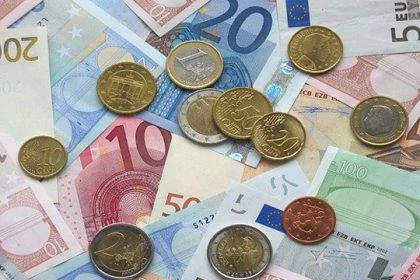
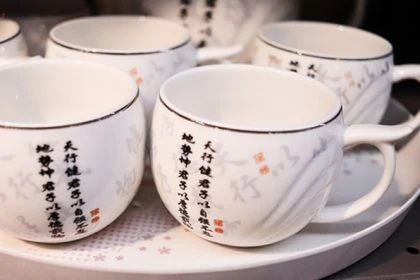
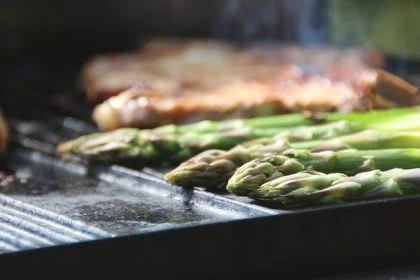
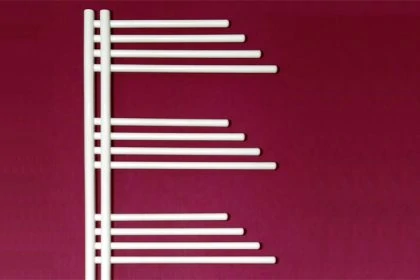

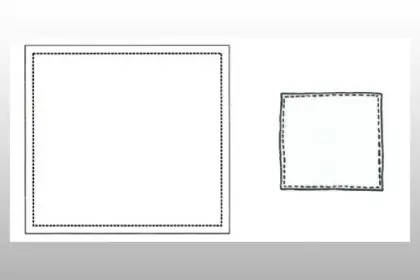
Leave a Reply